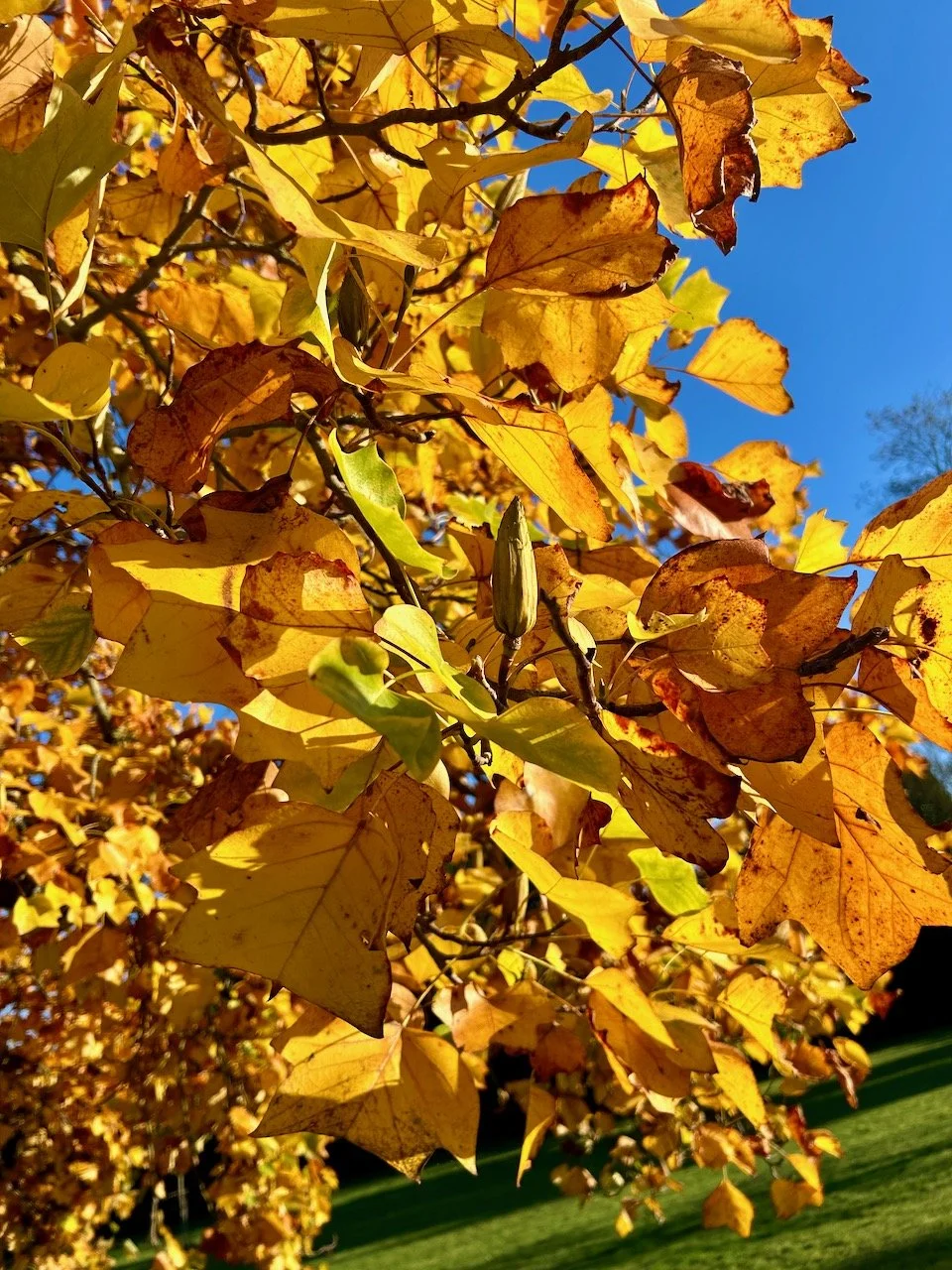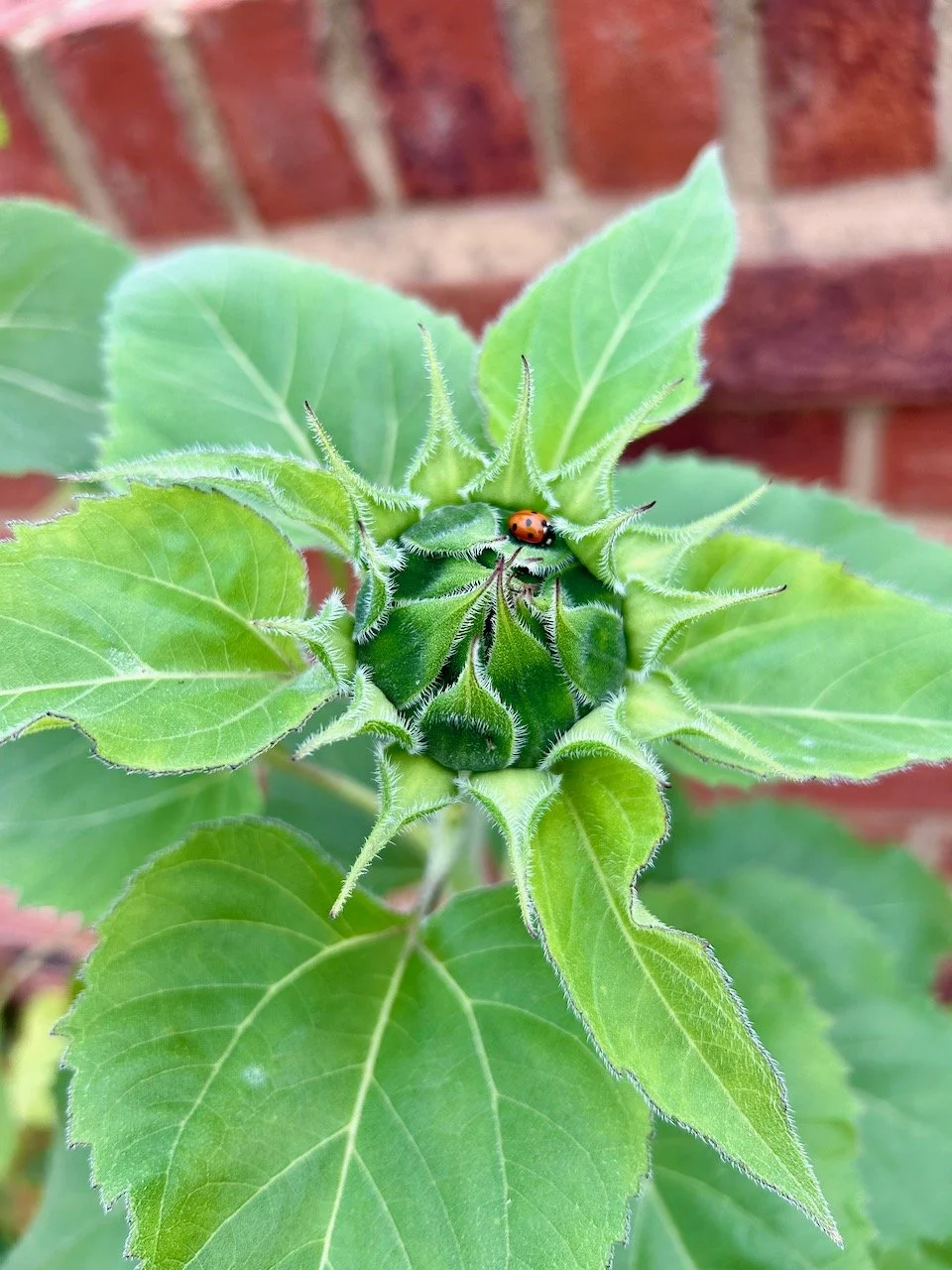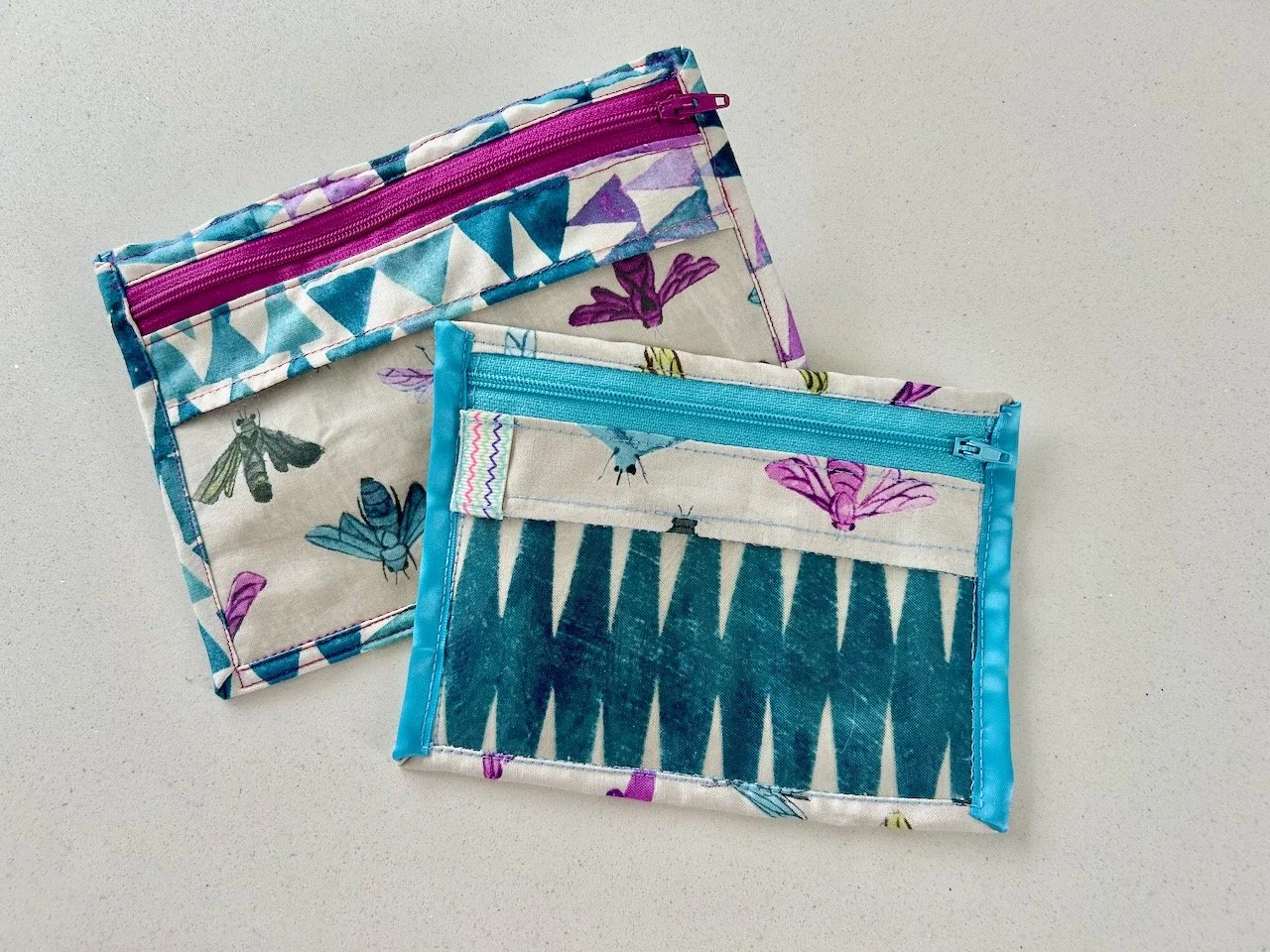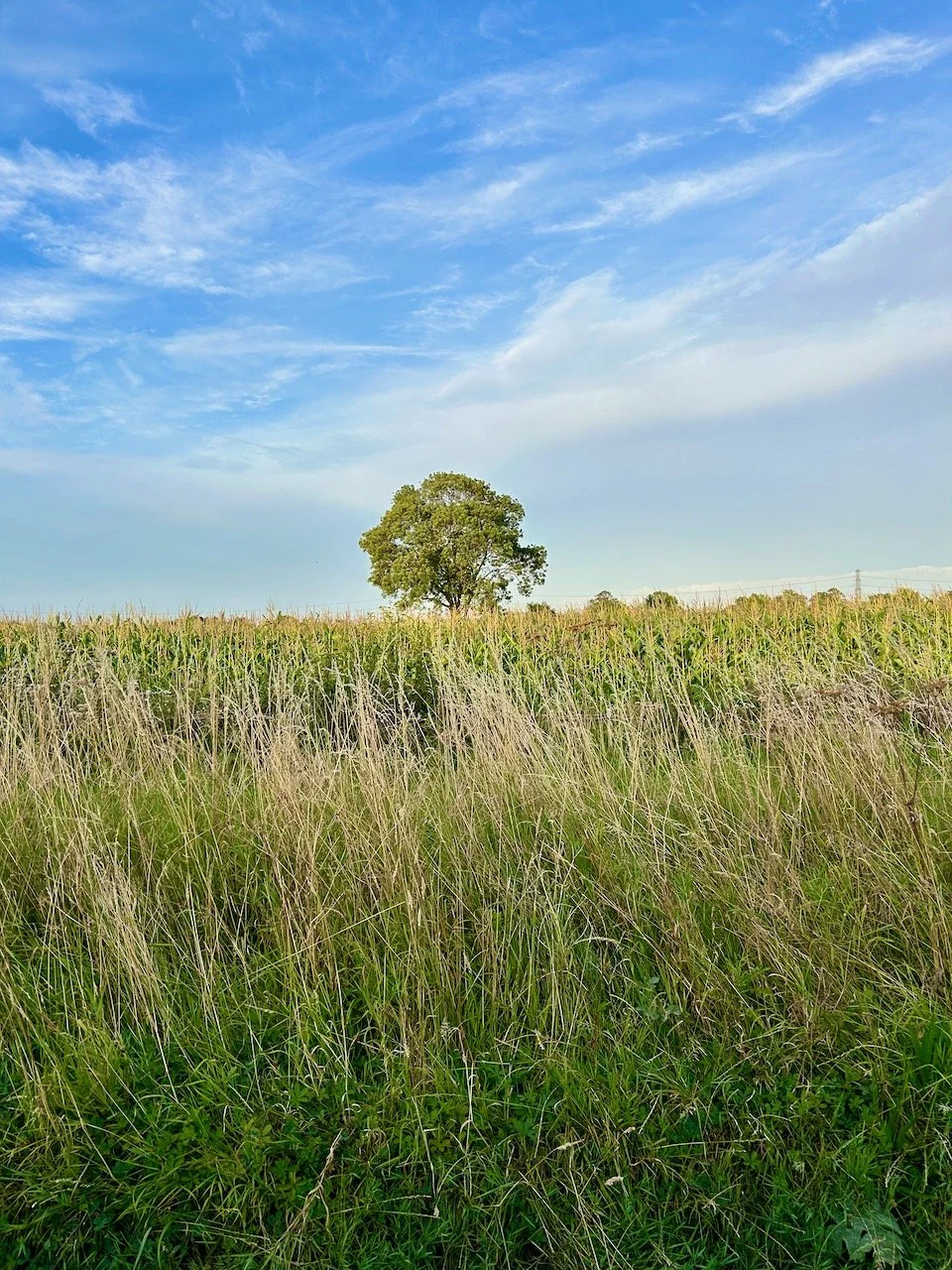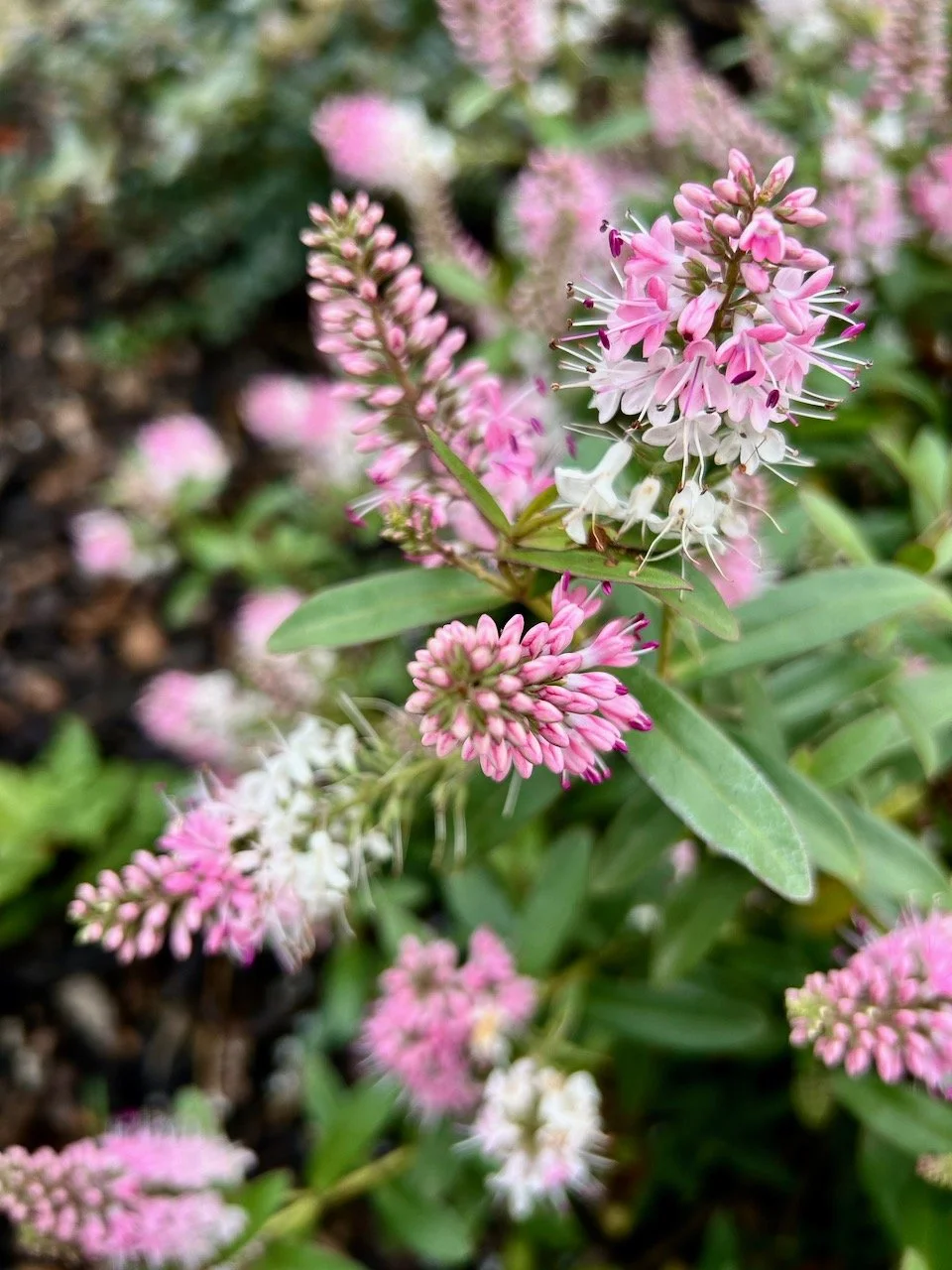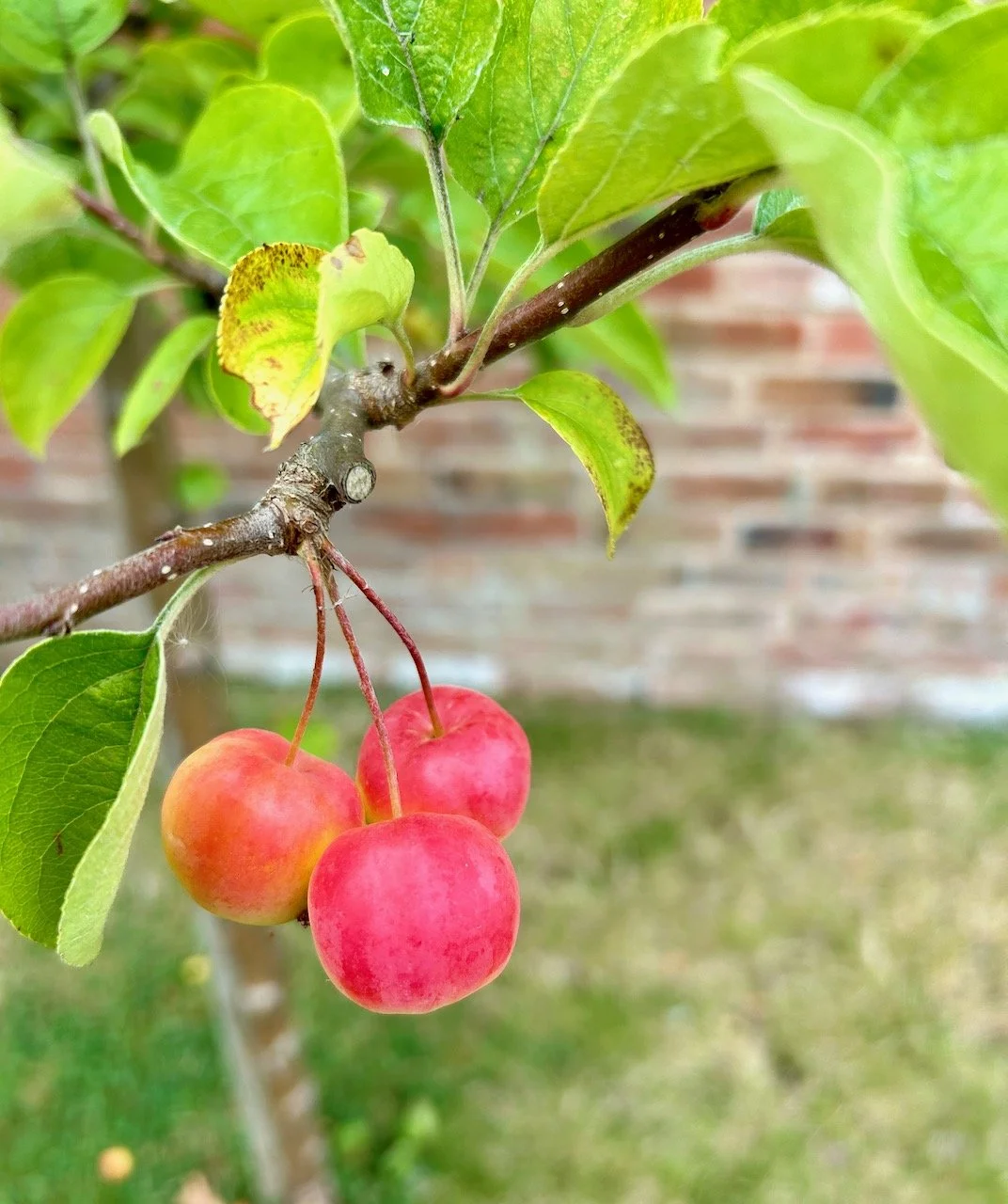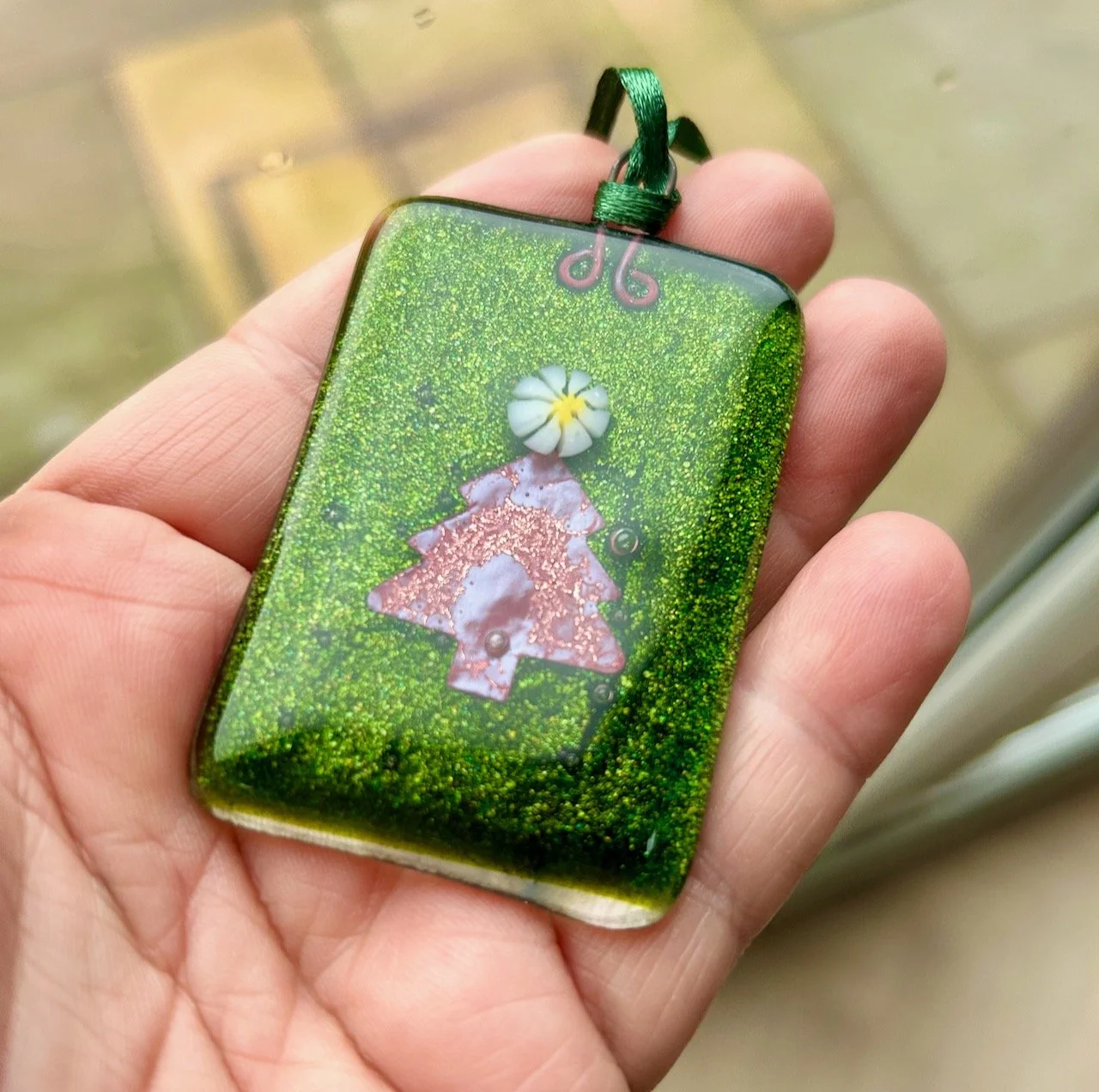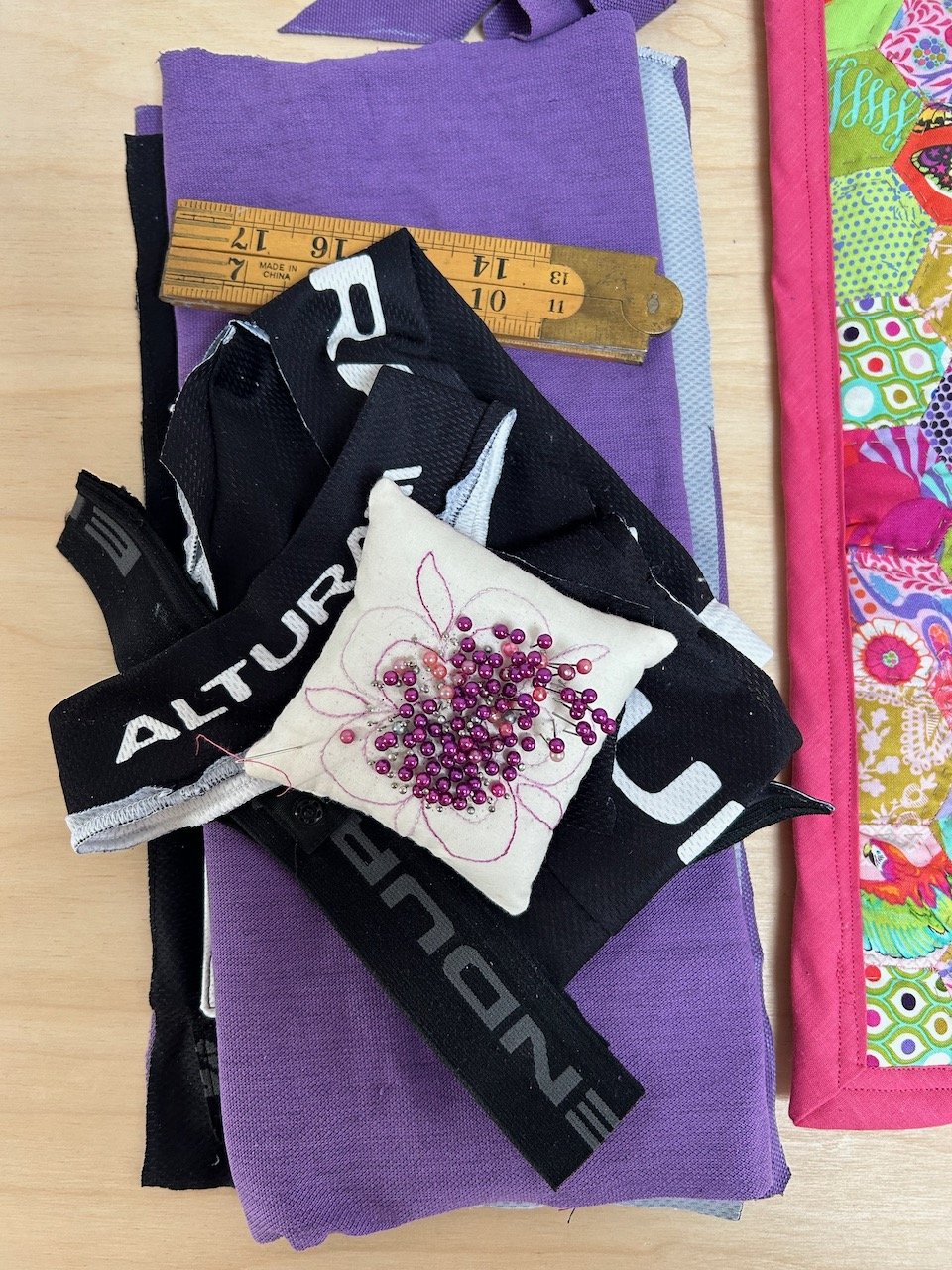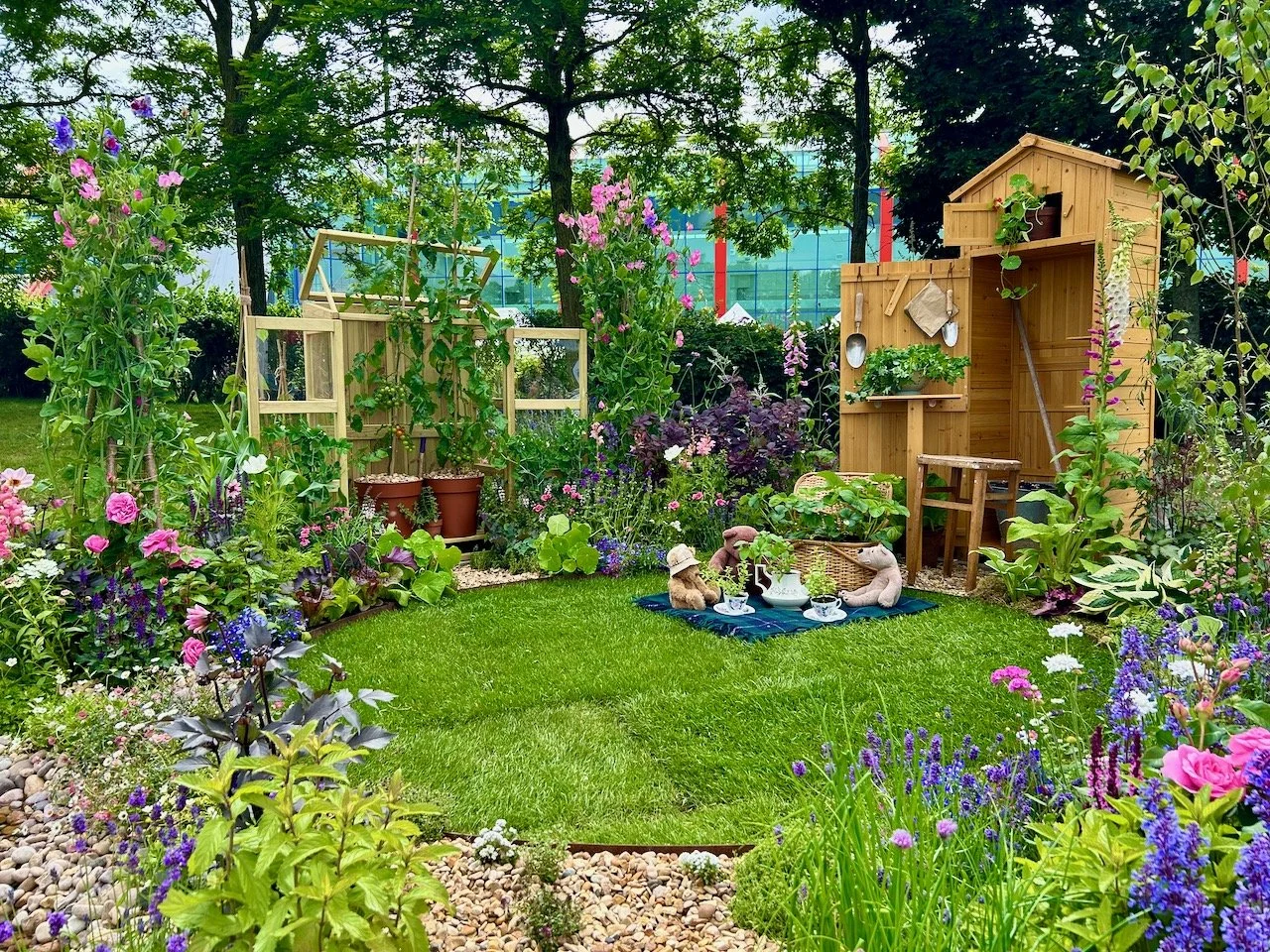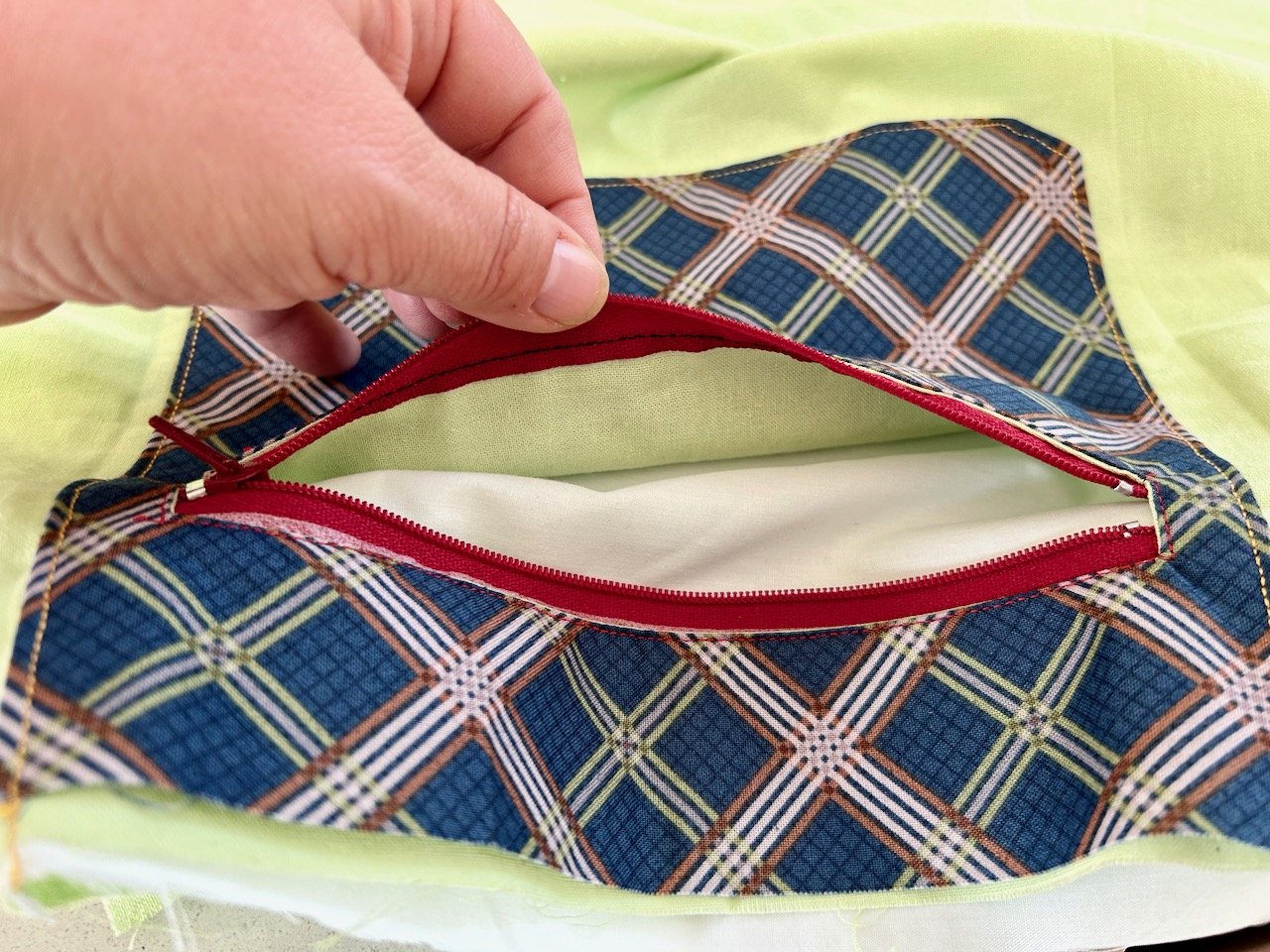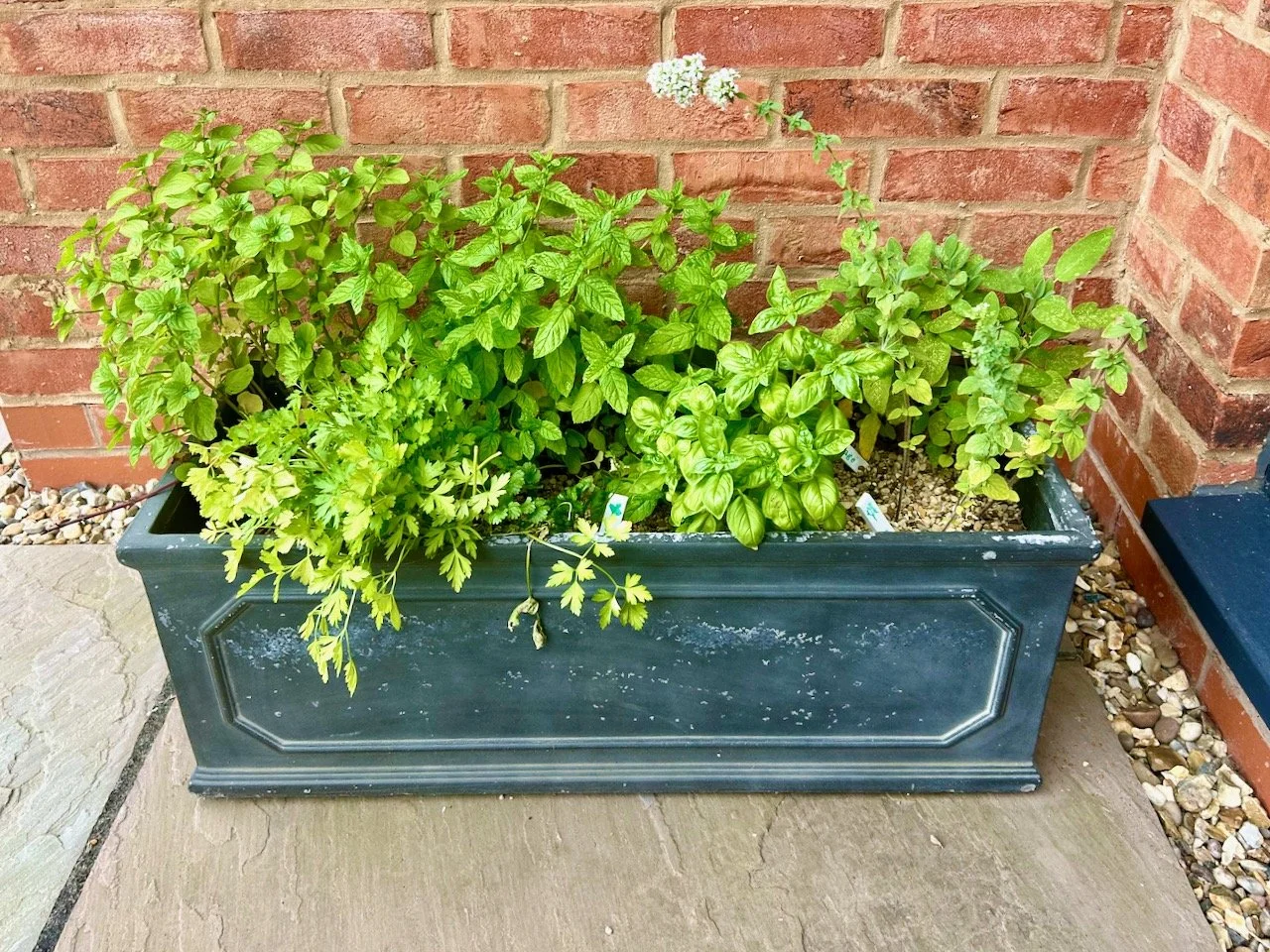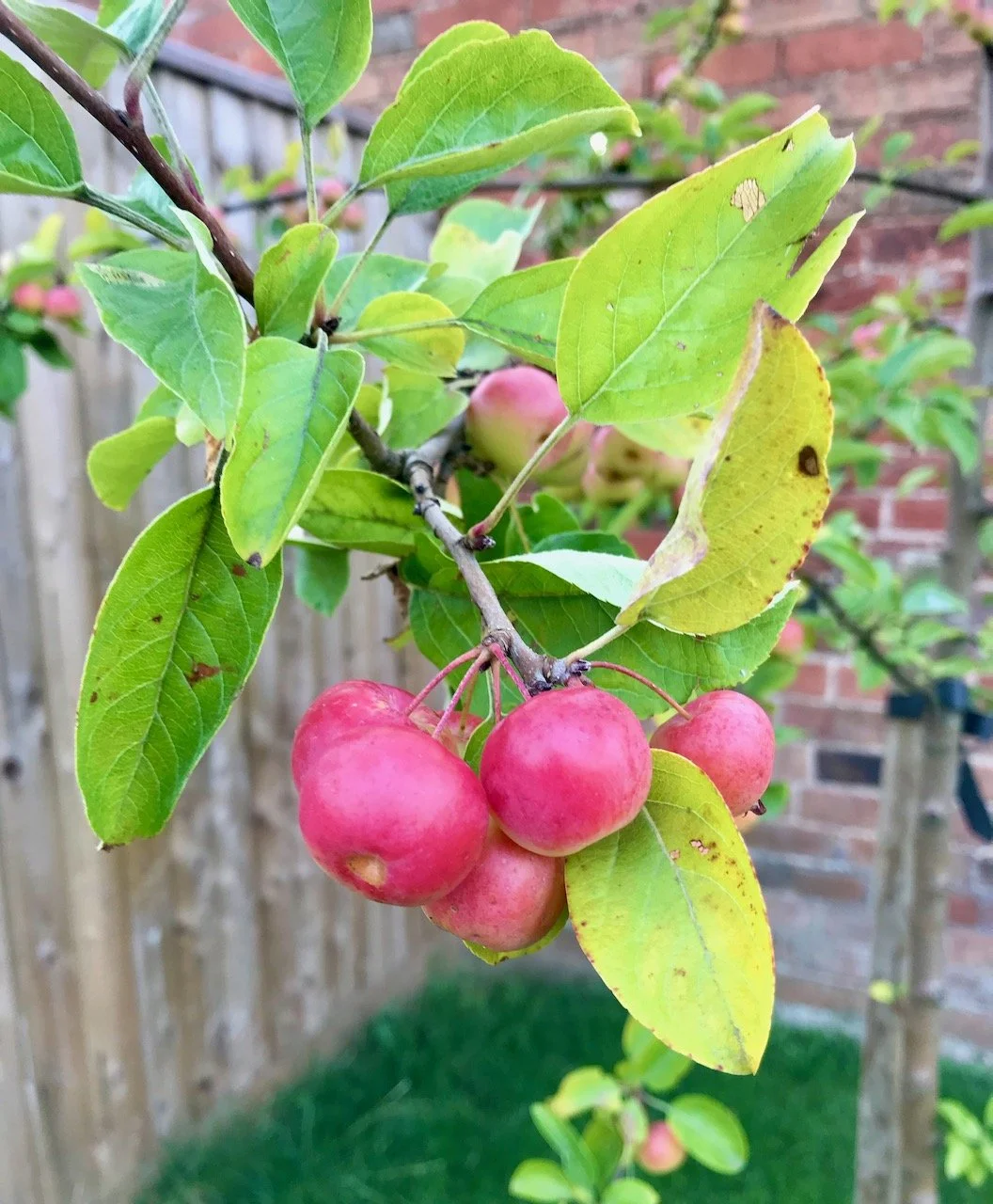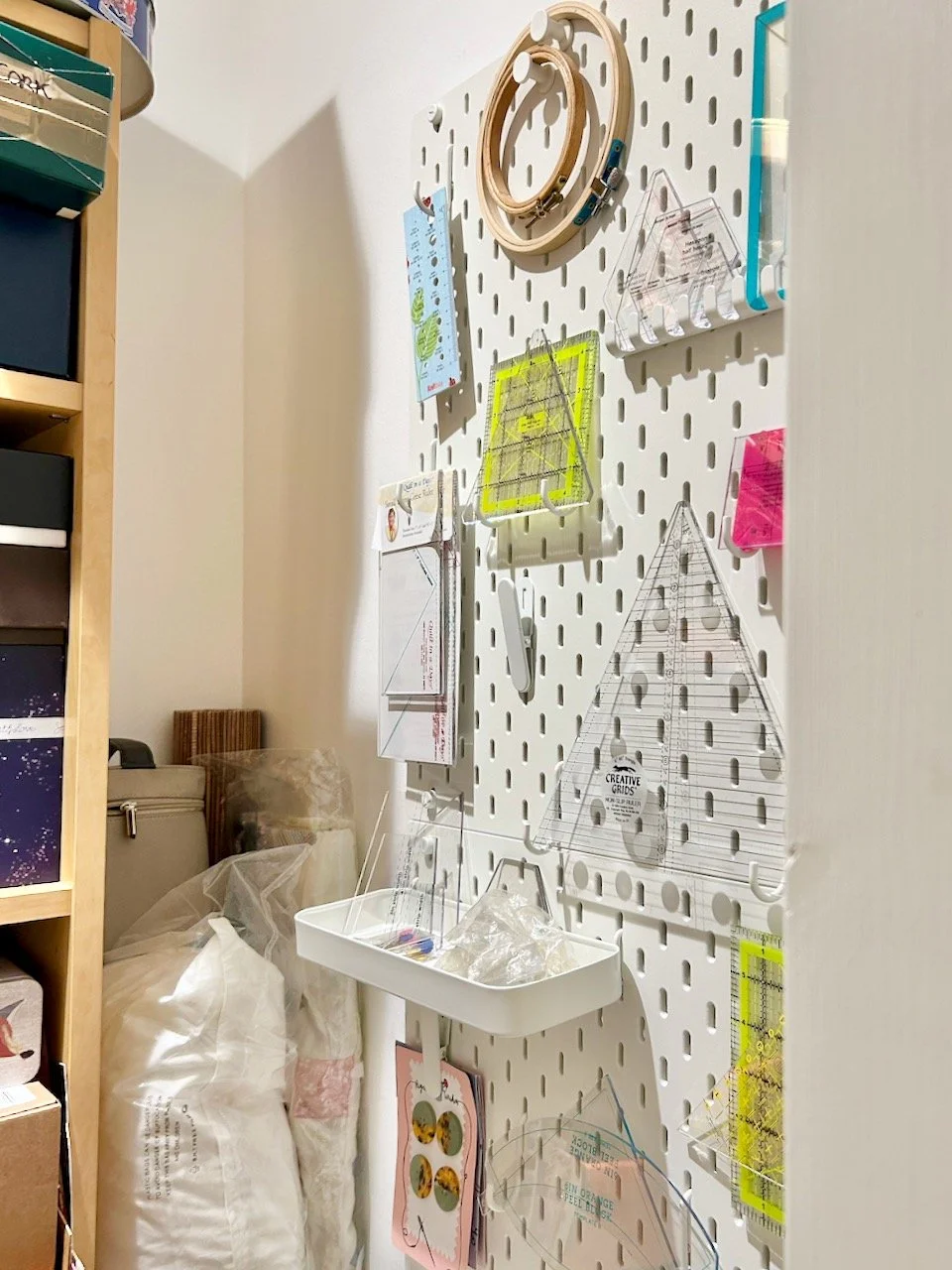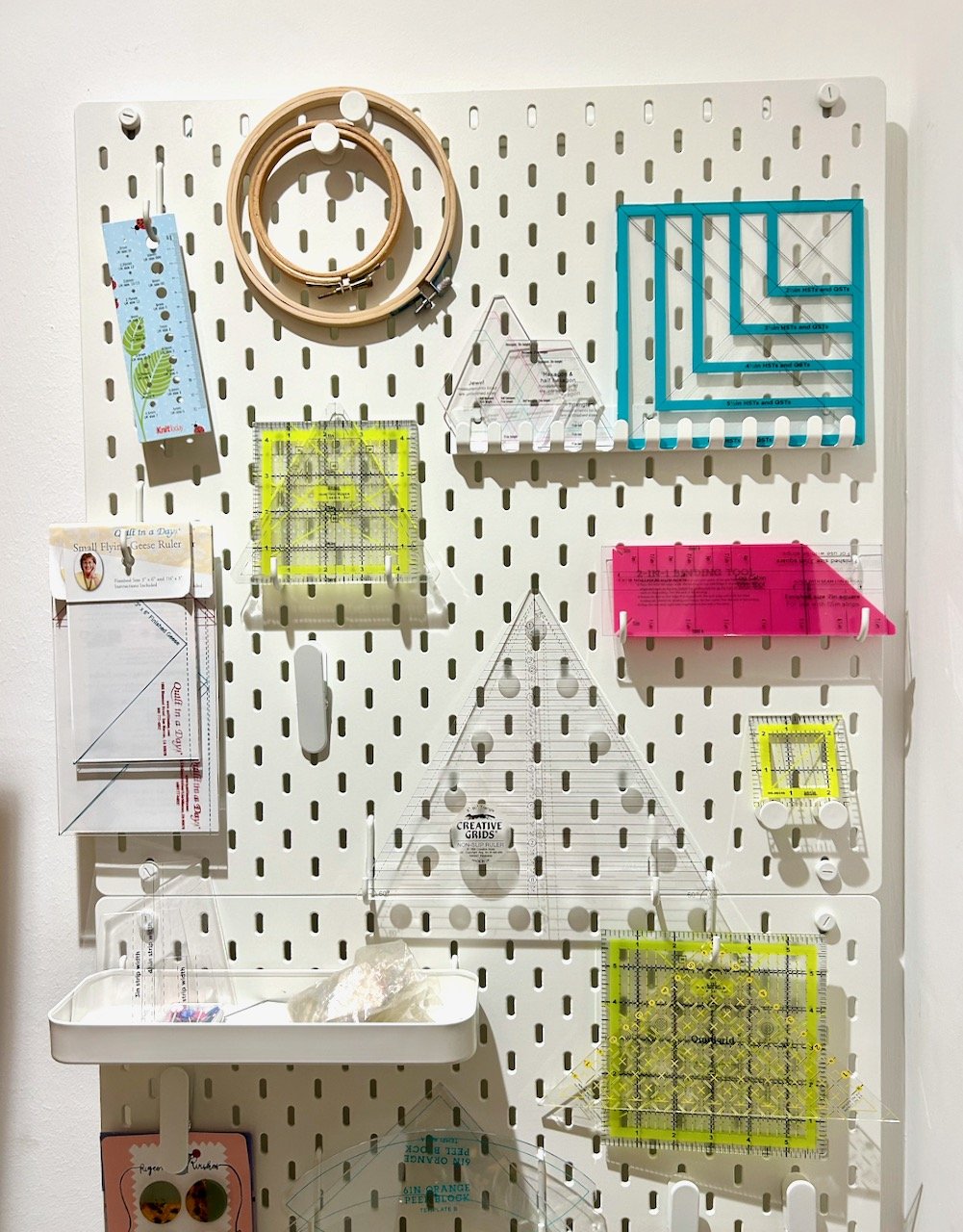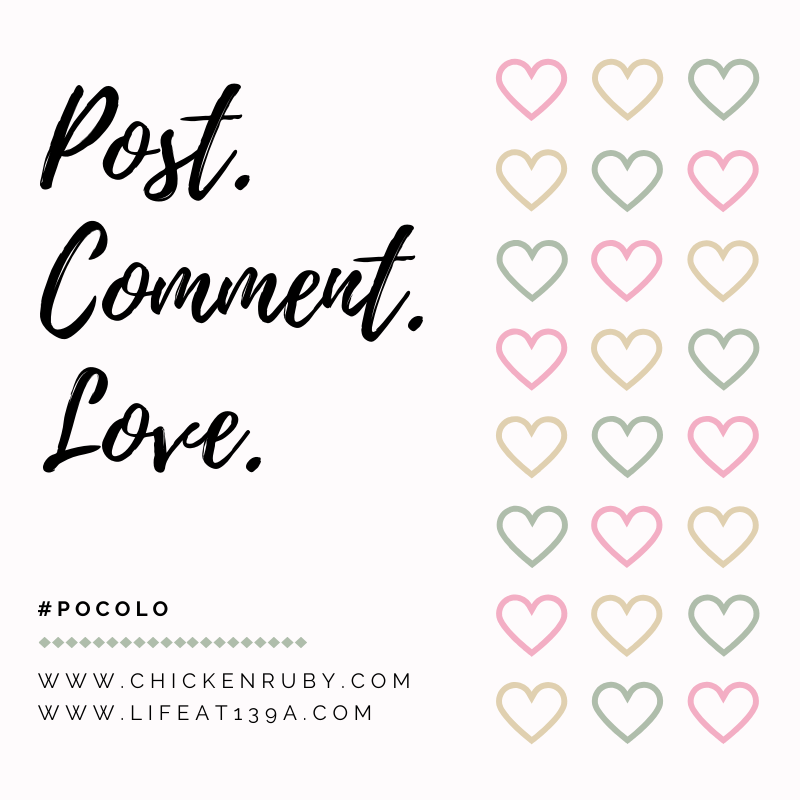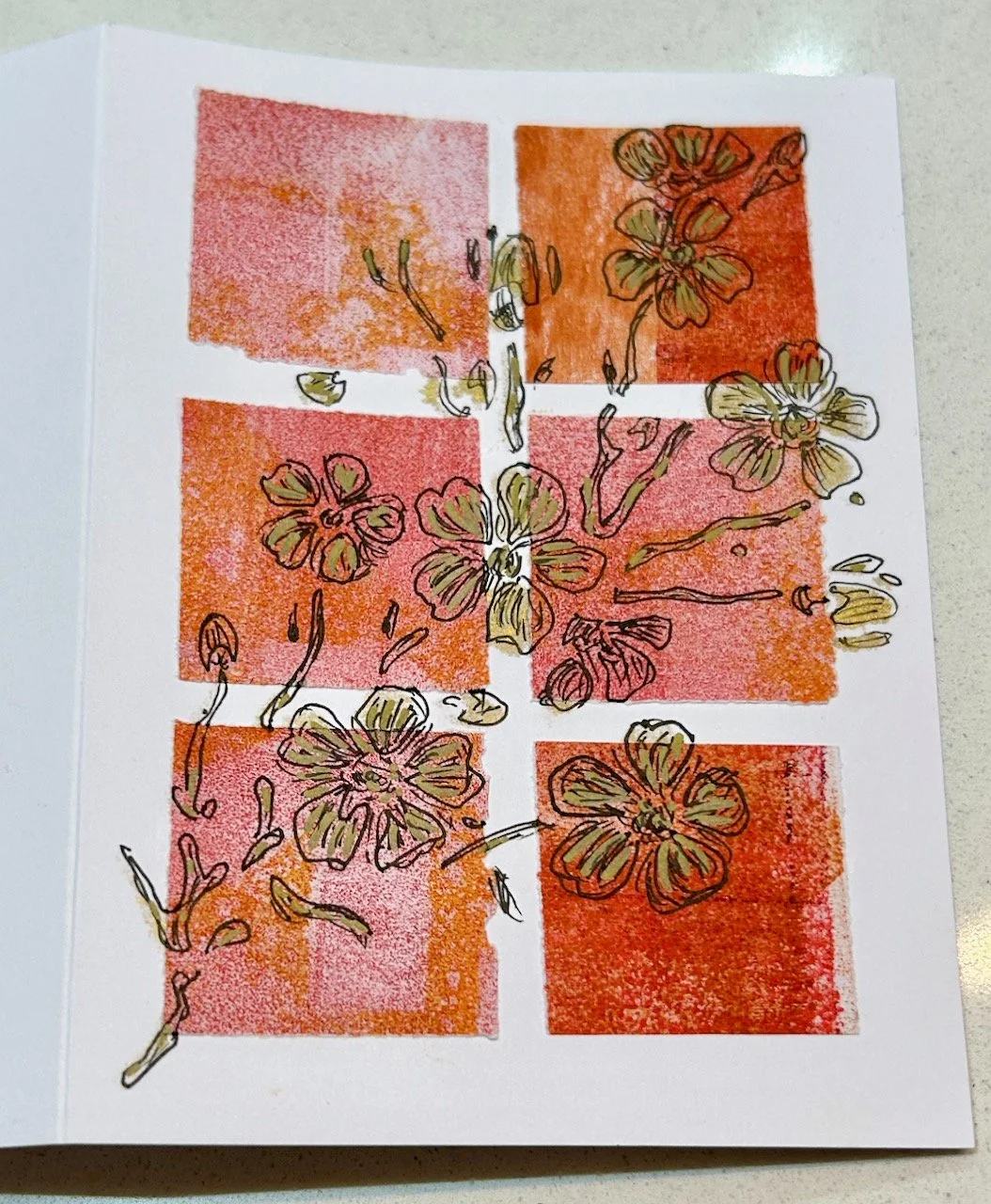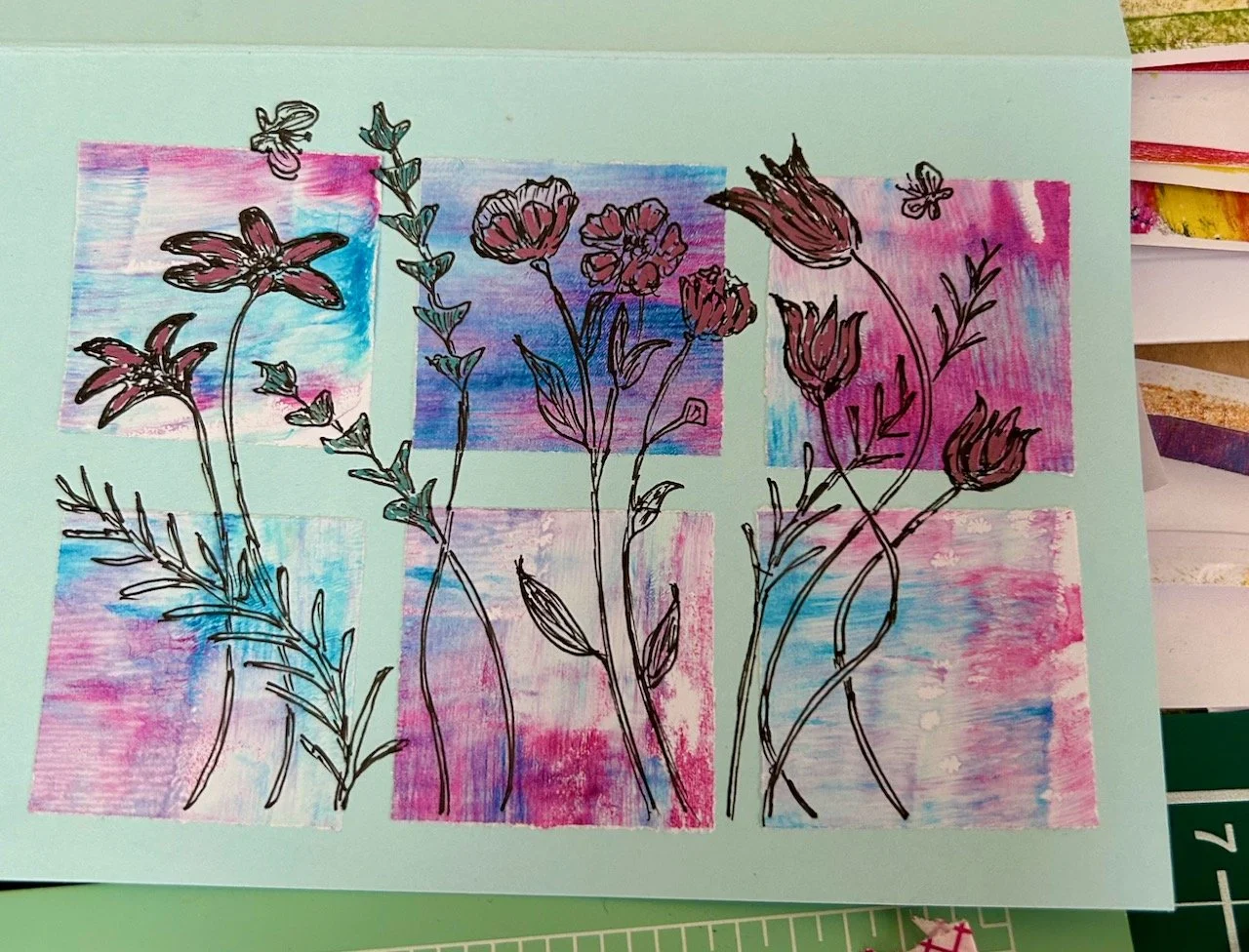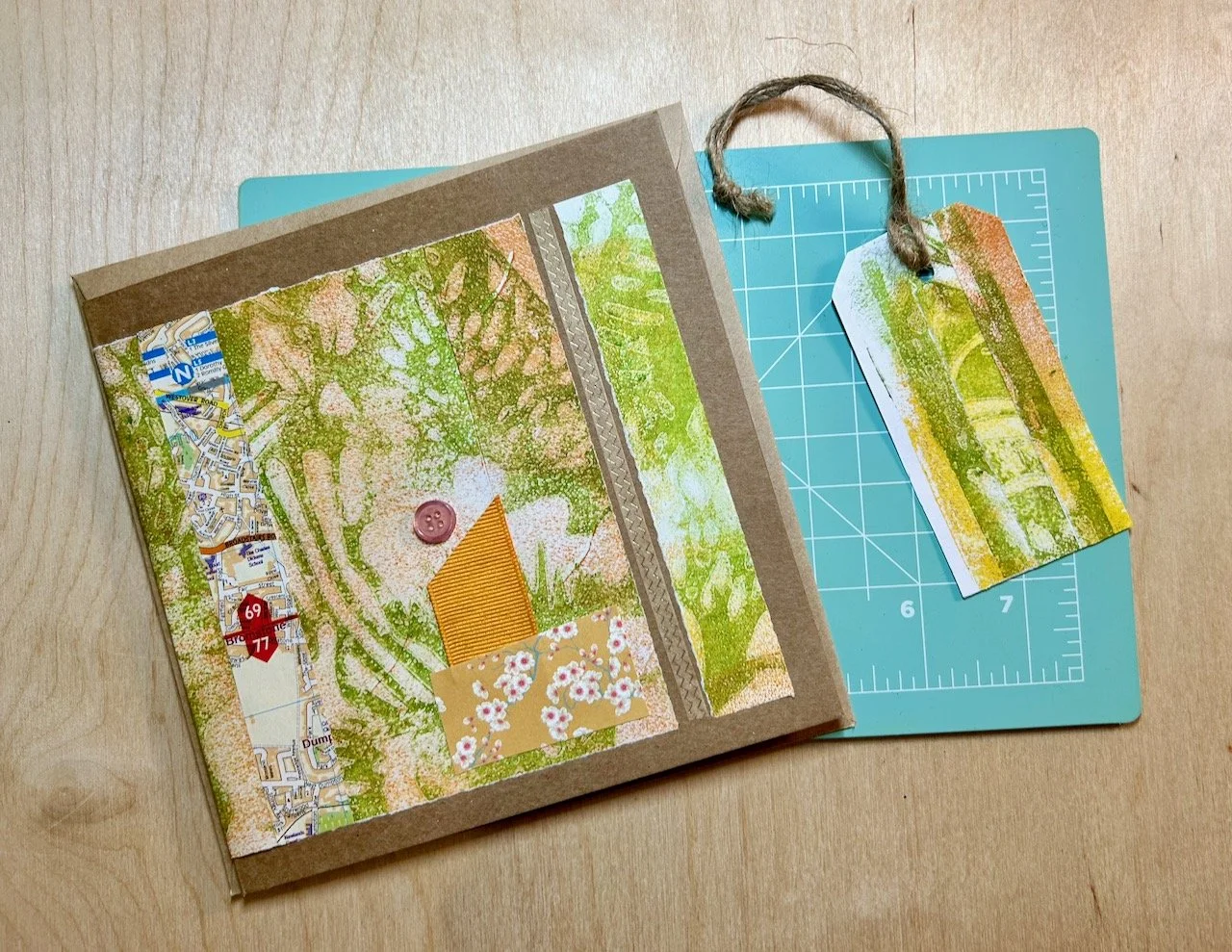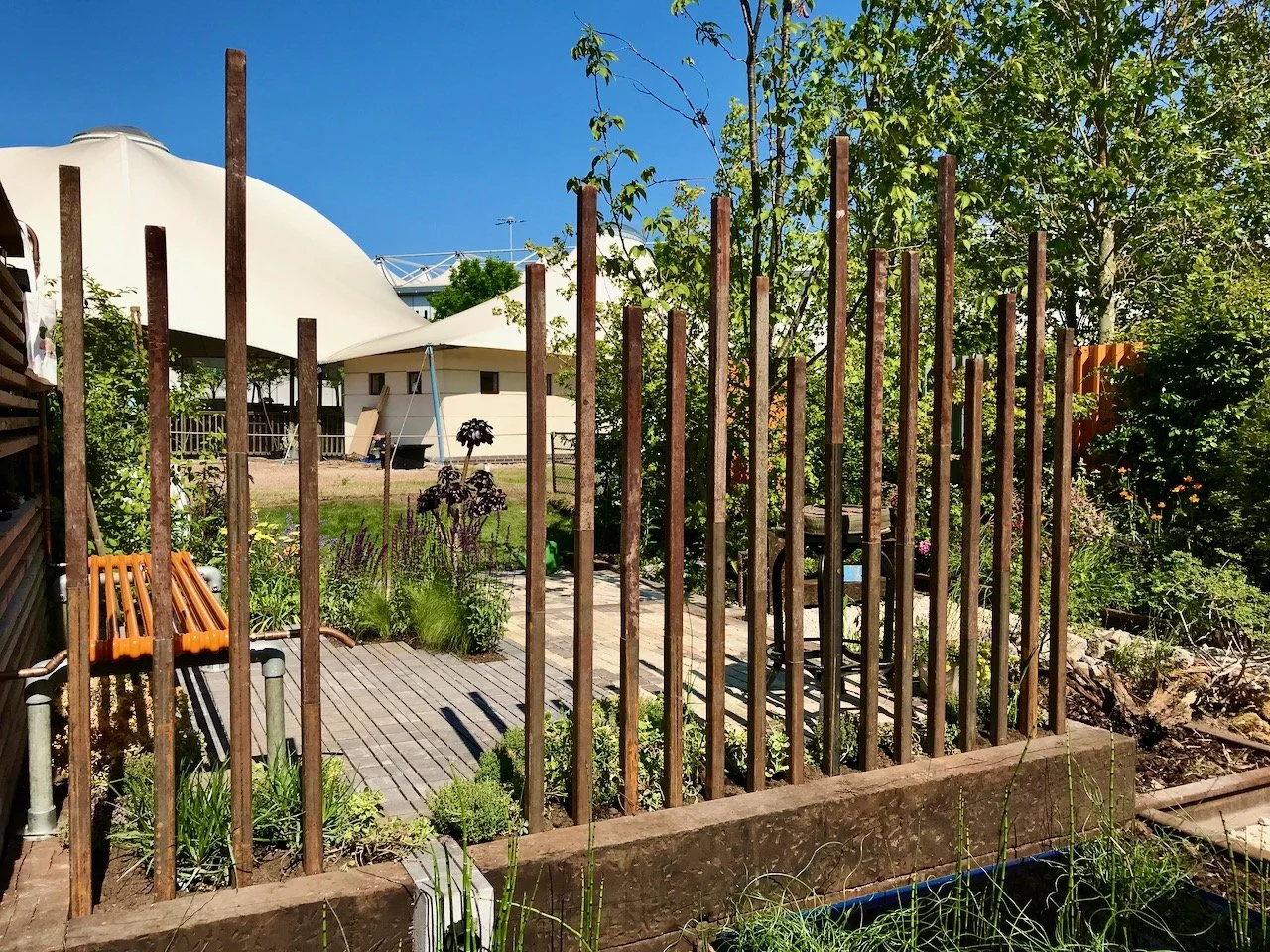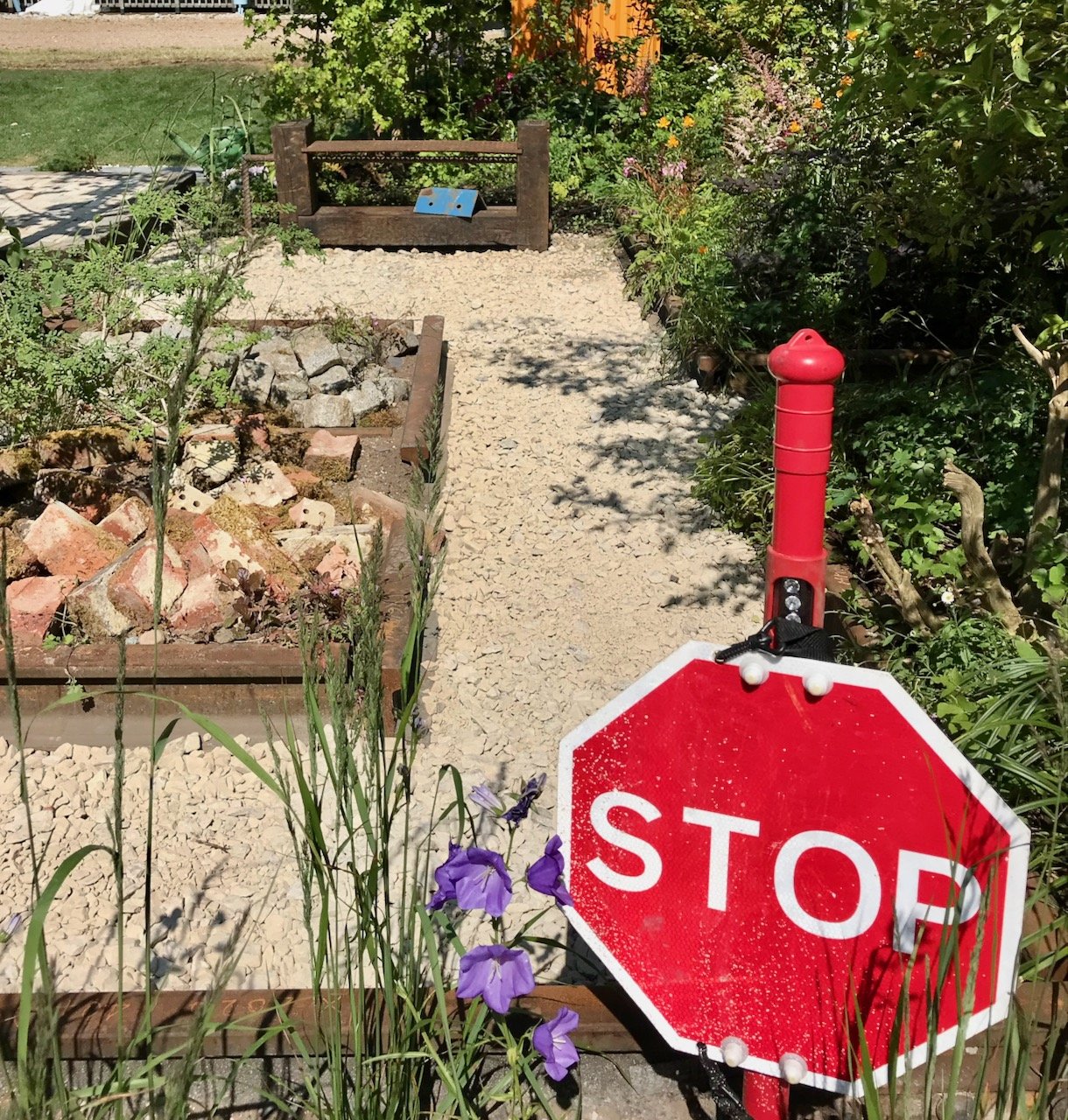I’d had my eye on some pegboards for my new craft room since the room itself was a glimmer in my eye! Initially I thought we would make them up ourselves so that they could be truly customisable for whichever space I chose, as it really couldn’t be that hard. And if I had a truly awkward space I don’t think it would be that hard, but once I’d worked out where I wanted to put my fictional pegboards, and once I’d seen the IKEA Skadis pegboards and how flexible they were, there was no other choice for me.
I decided that my pegboards would make the best use of a blank wall inside the small walk in cupboard in my new craft room, which would also be the ideal way to store my quilting rulers. Since we’ve moved, and I’ve unpacked my craft room, they’ve not really had a dedicated space and nor were they all together. But that soon changed!
What I chose: pegboard size and accessories
Our house is a new build, which means there’s a lot of white - and for a self-confessed colour addict, surprisingly I’m ok with all the white, so for me it was always going to be the white version, although the black colourway would also have worked. I opted for two 56x56cm square pegboards, while I did have room for one of the larger size I wanted to keep some space clear, as that’s something else I’ve come to appreciate with our new house - we don’t have to cram it full of stuff, and the same goes for this small walk in storage space.
As I was ordering online I was keen to get the pegboards and accessories in one shop, however I didn’t really know what would work but given that the accessory pack prices were under £5 I decided to chance my luck.
The accessories I opted for were:
Two packs of Skadis shelves, £4 each
Two packs of Skadis clips, £2 each
Three packs of Skadis hooks, £2 each
A single Skadis hook rack, £2
A pack of 5 Skadis push in hooks, £1
The final addition to my basket was the connector for Skadis pegboards, which was recommended when hanging two pegboards side by side (or in my case top to bottom!).
So for just under £50 I was able to bring a whole lot of order into a space which would otherwise have little use - and now that it’s finished it’s not only useful, but it’s a pretty and practical addition too.
MY SKADIS PEGBOARDS BRING FUNCTIONALITY TO AN OTHERWISE UNUSED SPACE
Even better though I guessed just about right on the accessory front. I used most of the ones I bought - though I did have a few challenges along the way. I naively assumed that all of my acrylic quilting rulers and templates would come complete with a hole to hang them from. That wasn’t the case, especially for those which came as free gifts from magazines, and some which I’ve had for a long time (I reckon I’ve had my Fiskars ruler - the one bottom right in the photo above - since the early 1990s), so the hooks weren’t going to work for those, or at least not in the same way.
Thank goodness for creative thinking though!
I was able to position some of the hooks so that the templates could balance on top of the hooks, and used the clips for the long Fiskars ruler, which I still probably use the most. I realised I had little use for the hooks on the hook rack, but the rack itself was useful to hold more templates.
The trays bring a 3D element to the pegboards, and while I’ve used them to store smaller templates and the hooks I’ve not yet used, I’m not sure if I’d opt to buy these if I were to do this again.
I’m glad I opted for two of the smaller sized pegboards - and the connectors were an absolute gem according to MOH who was tasked to put these on the wall for me. As well as the feeling of space, I can use the whole pegboard making use of the space below as well with the rulers, templates and metal rings I bought to make some crocheted mandalas (one day!) hanging off the bottom.
I’m so pleased with how these turned out, and how it’s made a space that usually wouldn’t be used into a functional feature. And yes, I’m using the rulers and the space is still this tidy!



